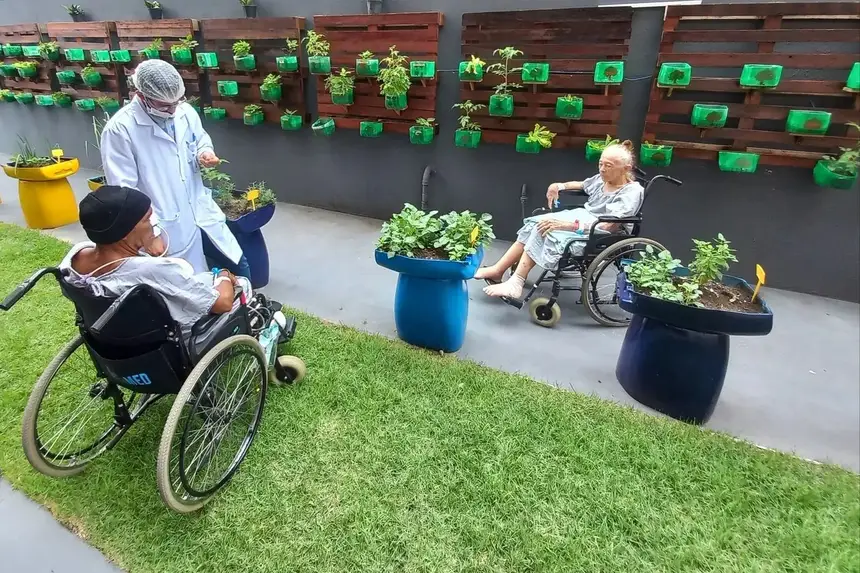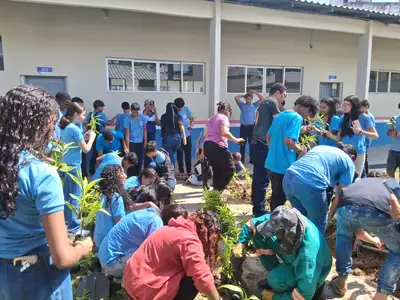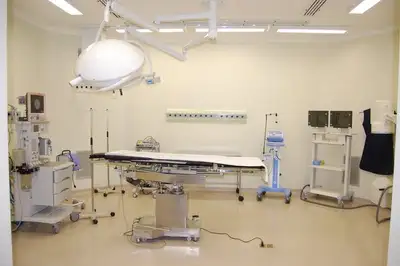Public hospitals in Pará transform gardens into spaces for healing and humanization
Five units of the state network integrate food production with therapeutic and socio-environmental practices aimed at users of the SUS
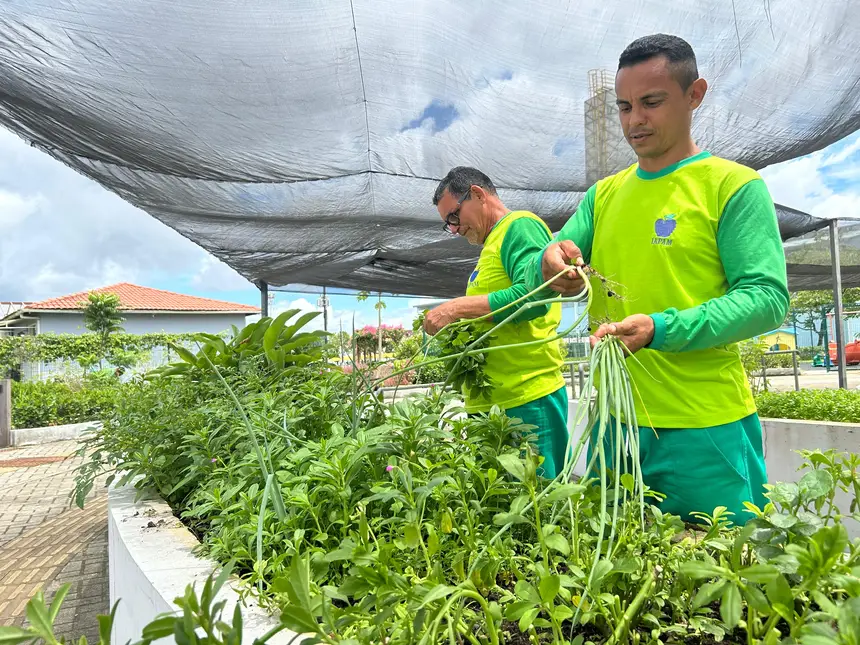
Five public hospitals in Pará maintain active hospital gardens that combine the production of healthy food with rehabilitation and humanization practices aimed at SUS users and surrounding communities. The initiatives are present at the Metropolitan Hospital of Urgency and Emergency (HMUE) in Ananindeua; at the Integrated Center for Inclusion and Rehabilitation (CIIR) in Belém; at the Public Regional Hospital of Marajó (HRPM) in Breves; at the Caetés Hospital Complex (CHC) in Capanema; and at the General Hospital of Tailândia (HGT) in northeastern Pará.
The units are managed by the National Institute for Social and Human Development (INDSH), in partnership with the State Department of Public Health of Pará (Sespa), reaffirming a management model centered on the needs of patients, focusing on sustainability, welcoming, and humanized care. The gardens also reinforce environmental awareness and engage with the appreciation of family farming, celebrated in July.

Rehabilitation and well-being at the Metropolitan
At HMUE, the garden serves both for the production of vegetables that make up the hospital diet and for humanization activities aimed at patients with prolonged hospitalization. The revitalized space hosts storytelling, planting seedlings, and other interactive practices.
Justina Moraes, 49, participated in the activity with her son Fernando, 11: "For me, it is complete happiness to see my son smiling and happy after so much suffering. I am grateful for the assistance received here at the Metropolitan. I am sure he will get through this."
Sustainability and welcoming at CIIR
Between 2023 and 2025, CIIR benefited 361 families with food cultivated in its mandala garden, located in the Sensory Garden. In addition to distributing vegetables and seedlings, the action promotes guidance on home cultivation, encouraging food security and inclusion.
Maria Rocha, a CIIR user, reported her experience: "I was walking and decided to visit. I took photos, received seedlings, and found the work that CIIR develops with users beautiful."
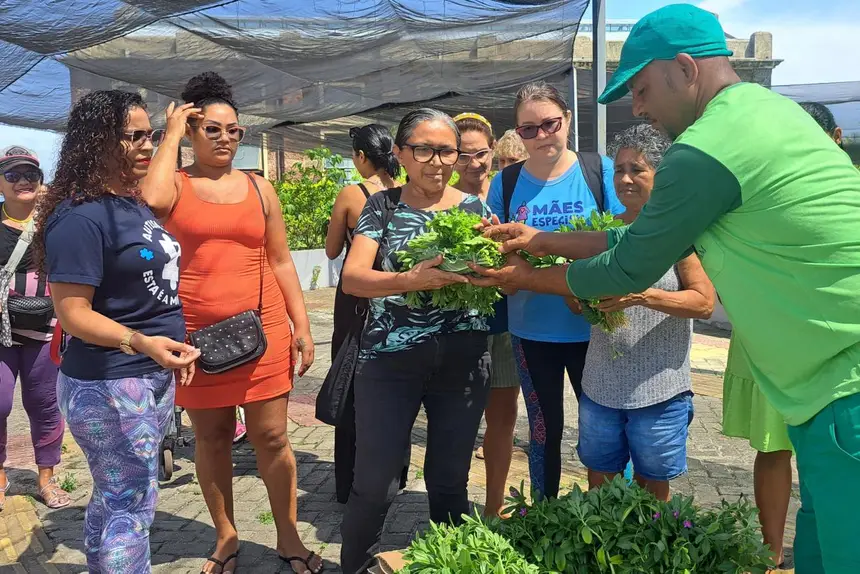
Largest hospital garden in the state network is in Marajó
HRPM, in Breves, houses the largest pesticide-free hospital garden in the state network. It spans 180 m² with traditional cultivation, hydroponics, and a composting system. Workshops on home cultivation are offered to patients, companions, and staff.

Recognized by the Friend of the Environment Award from the São Paulo State Health Department, the project reinforces the hospital's socio-environmental commitment.
Cláudia Helena Gama Corrêa, a HRPM user, commented: "It is healthier for us. I didn't even know that July is dedicated to family farming, but now I understand the importance."
Therapeutic and sensory garden in Tailândia
At HGT, the garden is maintained by the Sustainability and Nutrition and Dietetics teams, cultivating herbs, kale, lettuce, peppers, among other vegetables used in the hospital kitchen. The Physiotherapy team also conducts sensory visits with hospitalized patients.
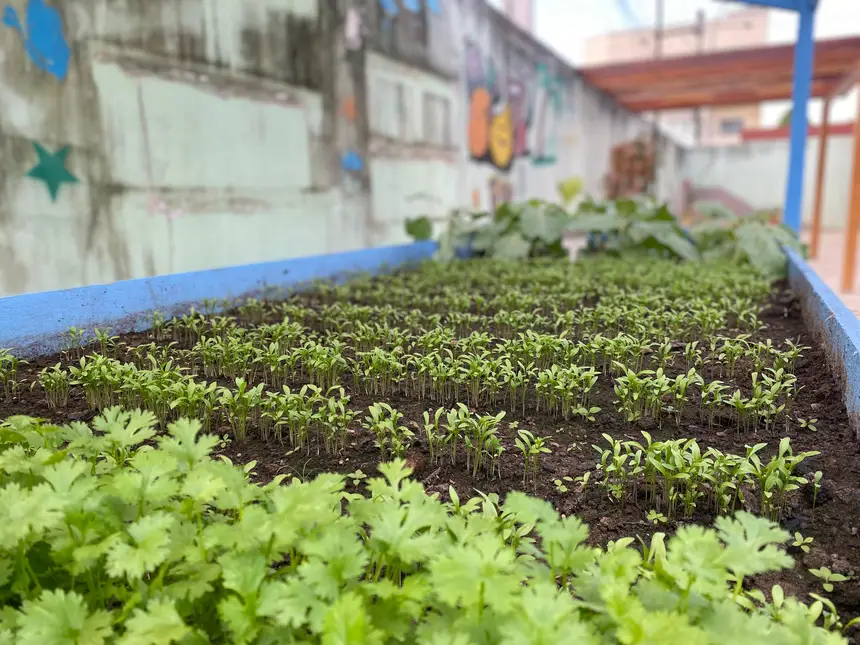
The space is undergoing restructuring, with the inclusion of a pergola and fountain, to make the environment even more welcoming and conducive to well-being.
Environmental education and quality food at Caetés
At the Caetés Hospital Complex (CHC), the hospital garden emerged in 2022 and was revitalized in 2024. It serves as a therapeutic space and also for supplying the unit with herbs and vegetables.
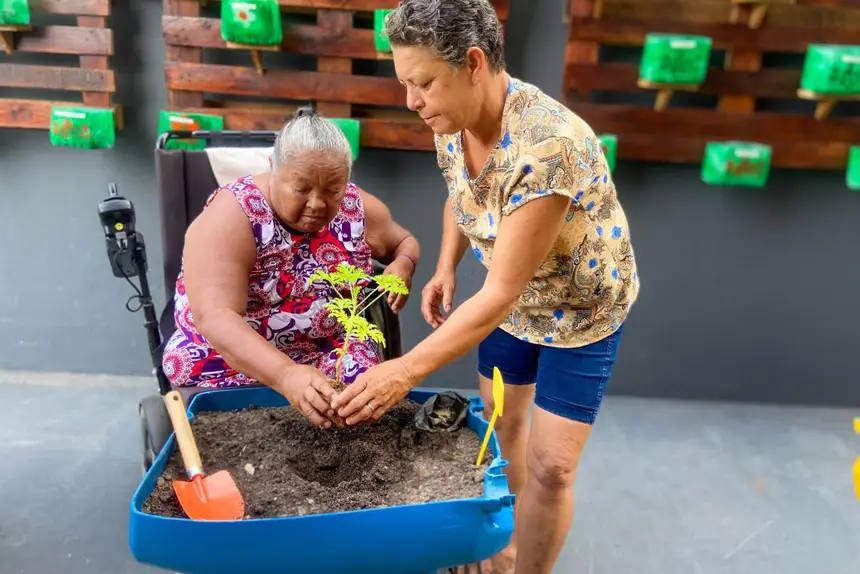
HRPC, part of CHC, stands out in the Green Kitchen program: it achieved PIN 5 in 2024, the highest score in sustainability and quality of hospital food.
Text: Pedro Amorim with information from the unit advisors




